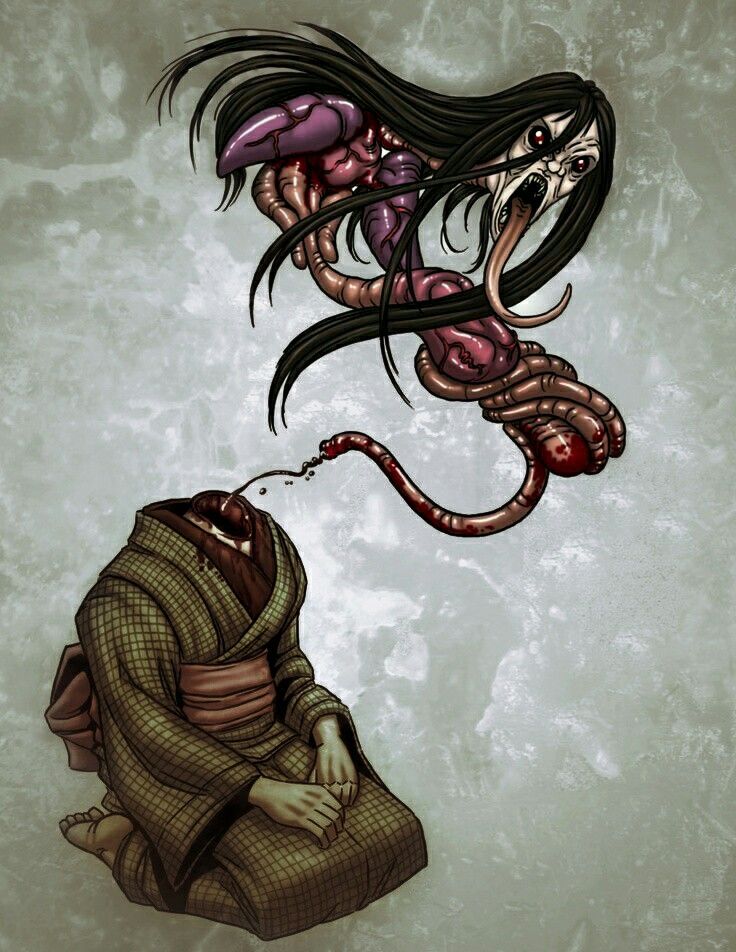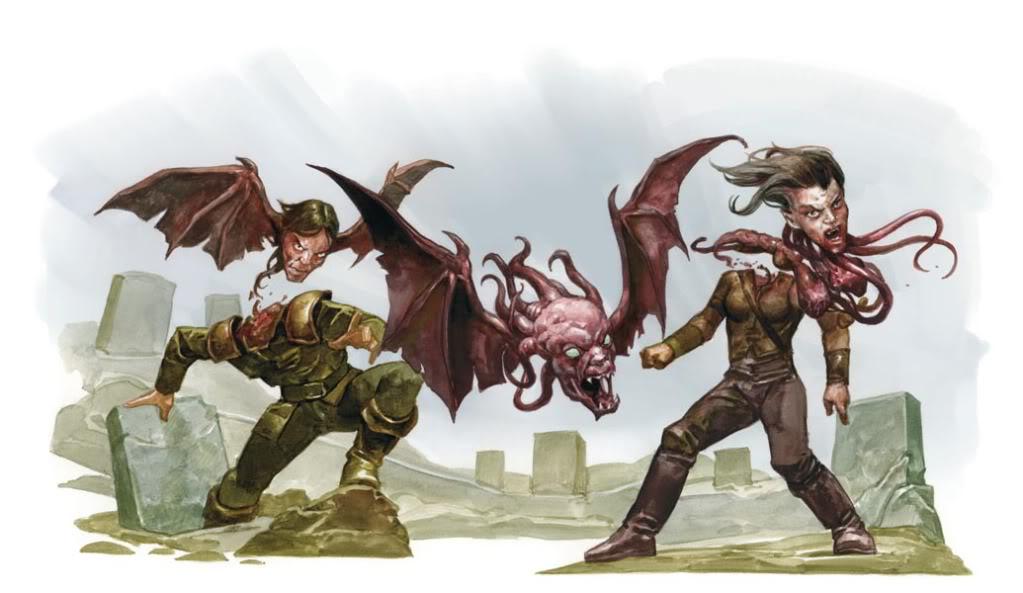There is a house. One enters it blind and comes out seeing. What is it?
This is possibly the oldest riddle ever and was written in Ancient Sumer around four thousand years ago. (Scroll down for the answer)
People, even during the most ancient times, like to test their logic and knowledge with riddles. We like making them for others to solve and we like solving them ourselves – thereby feeling clever and proud of our intellect.
In the fifth century BC, Sophocles gave us the Sphinx riddle in “Oedipus, the King”.
What goes on four legs in the morning, on two legs at noon, and on three legs in the evening?
These are just two examples of riddles that have come to us from ancient times. The use of imagination and fantasy is essential to riddles so it comes as no surprise to find them in many stories.
Let’s move forward in time a little to look at another example.
In the mid twelfth century, a poet was born in what is now modern-day Azerbaijan. He wrote a number of poems including one in which an ancient Persian ruler goes off in search of seven beauties. The beauties are each related to the seven known planets of that time. One of them is, of course, connected to Mars and she is supposedly Khutulun, the real daughter of a Central Asian nomadic ruler and a relation of Ghengis Khan and Kublai Khan. She is one tough lady. She hunts and wrestles and is known to have won many, many horses by wrestling and beating down prospective suitors.

Fast forward to mid eighteenth century Venice where a playwright for the Commedia dell’Arte uses this Persian poem as the basis for one of his plays. This play is much admired by the German poet and playwright Schiller, who decides to write his own version. The hunting and wrestling bad-ass nomad princess of the central Asian plains, however, is a bit too much for European sensibilities, so our heroine gets transformed into a cold Chinese princess who, instead of beating the crap out of her suitors, sets them riddles. If they can solve the riddles, they will win her hand; if they can’t, they die. This story was then taken up and put to music by the famous composer Puccini.
This princess is such a nice person, one wonders why anyone would fall in love with her in the first place? Nevertheless, one nameless suitor eventually turns up who manages to solve the riddles, but this bitch of a princess still doesn’t want to marry him. So, good guy that he is, he gives her a chance. He tells her that if she can find out his name by dawn of the following day (sound familiar? Rumplestiltskin?), she can kill him and not marry him. In order to avoid the marriage, the princess orders all her subjects to stay up all night trying to find out his name or they will be beheaded in his stead. (What a lovely woman!) This is what the suitor sings while awaiting for the dawn.
None shall sleep,
None shall sleep!
Even you, oh Princess,
In your cold room,
Watch the stars,
That tremble with love
And with hope.
But my secret is hidden within me,
My name no one shall know,
No… no…
On your mouth, I will tell it,
When the light shines.
And my kiss will dissolve the silence that makes you mine!
(No one will know his name and we must, alas, die.)
Vanish, o night!
Set, stars! Set, stars!
At dawn, I will win!
I will win!
I will win!
You probably don’t recognise the English words unless you’re an opera buff but a lot of football fans will recognise this version of it as it suddenly became really famous in 1990 when super-famous opera singer Pavarotti ‘s version was used as a football World Cup theme.
As I mentioned before, if Turandot is such a terrible person, why would anyone want to marry her no matter how beautiful, rich or powerful she is, so some bright spark has come up with an answer for that conundrum too. In the 2021 Chinese film “The Curse of Turandot”, the princess wears three bracelets which were gifted to her when she was young. These bracelets are, of course, cursed so they turn this otherwise pleasant young lady into a homicidal hellcat. Although this film is in Chinese, the character of Prince Calaf, the one who sings Nessum Dorma in the opera, is played by American actor Dylan Sprouse. Needless to say, his voice was dubbed, but that’s very common in Chinese dramas where the voice you hear is often not the voice of the actor playing the role. This film wasn’t great so I wouldn’t recommend it even if you like other Chinese films but it does show how an idea that originated in the imagination of a 12th century poet, changed and altered to suit European sensibilities in the 19th century and used as a football theme in the nineties can be brought right into the 21st century and given a new spin. Imagination is a wonderful thing!

Riddle answers: A school and a person


































